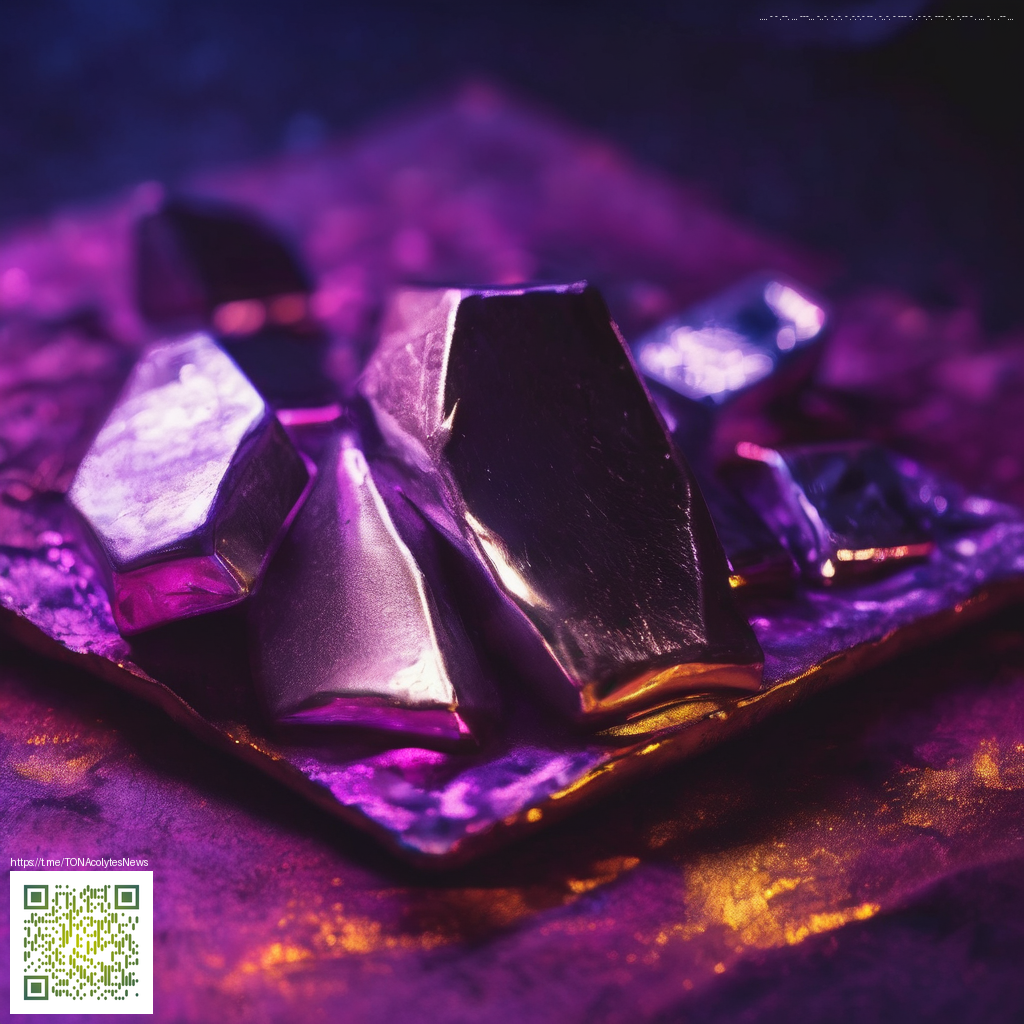Understanding PCIe 5.0 in Modern Gaming PCs
As gaming rigs push toward higher frame rates, faster storage, and snappier texture streaming, the underlying interconnect—PCIe 5.0—has become a key talking point. This standard doubles the bandwidth of PCIe 4.0, enabling data to move more quickly between components like the CPU, GPU, and storage. Gamers don’t always see a dramatic FPS jump from PCIe 5.0 alone, but the improved bandwidth can translate to shorter load times, smoother asset streaming, and a more responsive system during open-world adventures that demand rapid data retrieval.
What PCIe 5.0 Brings to the Table
PCIe 5.0 provides up to 32 gigatransfers per second (GT/s) per lane, equating to approximately 4 GB/s of practical bandwidth per lane. In a typical x16 configuration, you’re looking at around 64 GB/s of data movement. That headroom matters most when you pair the technology with fast NVMe SSDs, high-end graphics cards, and memory-intensive workloads. The key benefits include:
- Faster storage pipelines for level streaming, texture swaps, and large game assets. This can shave seconds off load times and reduce stutter in texture-heavy scenes.
- Quicker GPU data transfers between the PCIe fabric and the card’s memory, which can help in data-heavy render paths and AI-assisted features on the GPU.
- Improved scalability for multi-drive configurations and future expansion, giving builders a clearer upgrade path without reworking the entire motherboard.
“Speed is not just about frames per second; it’s about a steadier data flow that keeps frame rendering smooth under heavy workloads.”
It’s worth noting that real-world gains depend on multiple factors, including the game engine, texture streaming quality, and the rest of the system. In many titles, the noticeable impact might skew toward faster load times and snappier level transitions rather than a wholesale jump in FPS across the board. For enthusiasts who are already running PCIe 4.0 hardware, upgrading may yield incremental improvements, especially if you layer in a fast NVMe drive and a PCIe 5.0-capable motherboard.
Practical Scenarios Where PCIe 5.0 Shines
- Open-world and texture-heavy games: When worlds are expansive and assets stream on the fly, higher bandwidth can help keep textures flowing without stutter.
- Content creation and streaming setups: Creators juggling large video files and real-time encoding can benefit from faster transfers between drives and the PCIe-connected accelerator cards.
- Future-proofing: A PCIe 5.0-ready platform tends to be more resilient to upcoming GPUs and storage devices that push bandwidth envelopes.
For gamers who crave a tactile upgrade beyond FPS, consider peripheral choices that complement a fast system. A reliable, smooth control surface—such as a high-quality mouse pad—can help translate FPGA-level precision into real-world accuracy. The Non-Slip Gaming Mouse Pad, available at this product page, is a good example of how a simple accessory can support precise input on high-DPI displays while you dial in your sensitivity and acceleration settings.
When choosing a platform, keep in mind that PCIe 5.0 is backward compatible with PCIe 4.0 and earlier. If you’re upgrading a monitor, GPU, or SSD, verify that the motherboard and CPU combination supports PCIe 5.0 in the lanes you plan to use (for example, PCIe 5.0 x16 for a flagship GPU). This ensures you don’t leave performance on the table merely because a slot isn’t utilizing the latest standard.
Tips for Building a Balanced PCIe 5.0 System
- Motherboard choice: Look for boards that advertise PCIe 5.0 readiness on the primary GPU slot and M.2 slots. This sets a solid foundation for future upgrades.
- Storage strategy: Pair a PCIe 5.0 NVMe SSD with a capable PCIe 5.0 motherboard to maximize the sequential read/write advantages during game loading and texture streaming.
- Power and cooling: Higher bandwidth components can draw more peak power; ensure a reliable power supply and cooling solution to sustain performance during long gaming sessions.
- Peripheral synergy: A precise mouse surface and quality input devices contribute to harnessing the full potential of your fast rig, especially at high refresh rates and low input lag.
As the ecosystem matures, more devices will ship with PCIe 5.0 support or offer migration paths that take advantage of the higher bandwidth. In the meantime, a thoughtful build that pairs PCIe 5.0-ready components with well-chosen storage and peripherals will maximize the tangible benefits for gaming and beyond.
